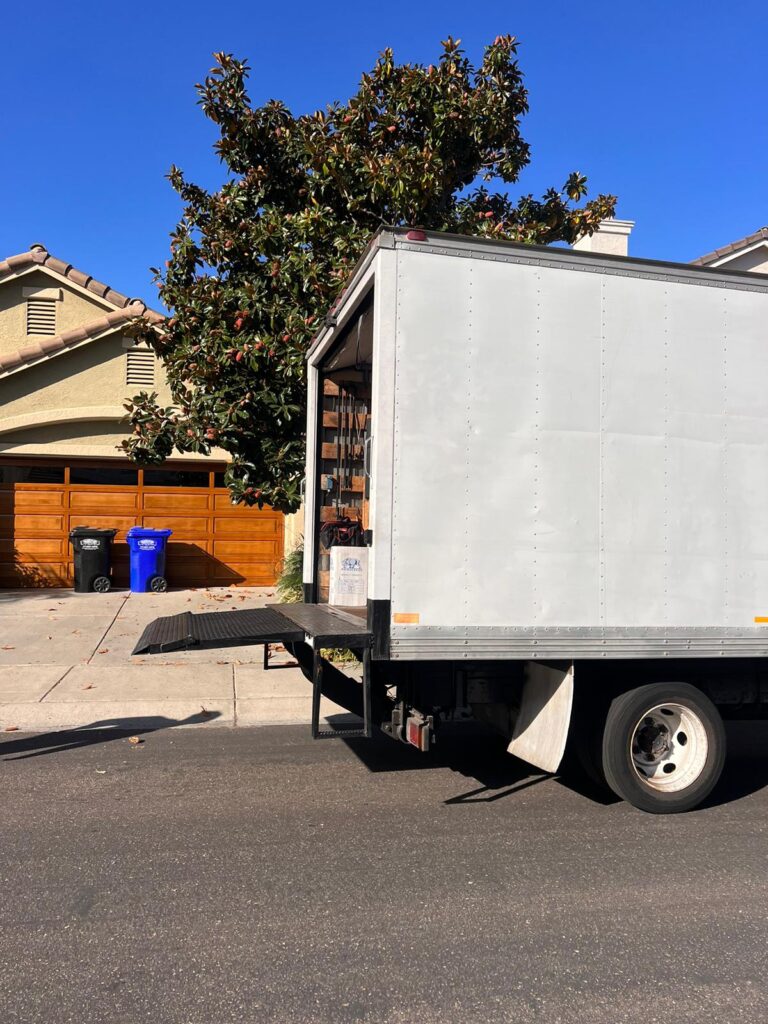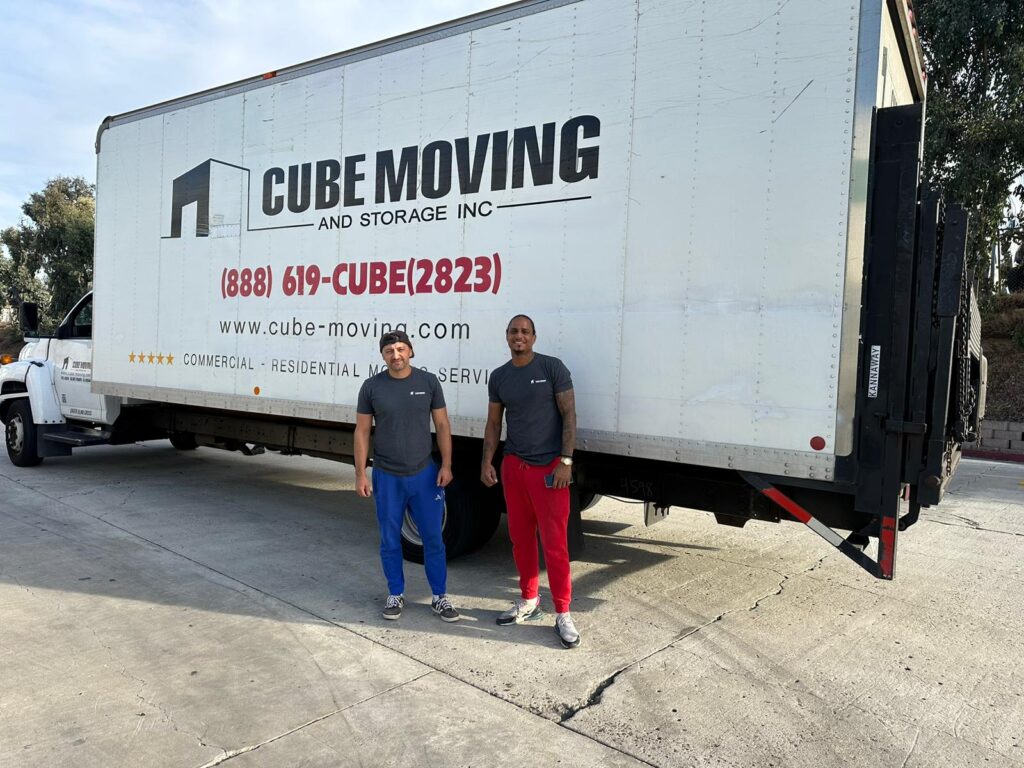Long Distance Moves
When planning a move, understanding the difference between a long distance move and a local move is crucial. This distinction can vary based on the moving company, geographic location, and whether state lines are crossed. Generally, a long distance move is considered to be more than 50-100 miles and often involves crossing state lines. Such a move can also be called a long haul or interstate move. Given the complexity, including planning, preparation, paperwork, and more, hiring professional movers like Cube Moving is a smart choice to reduce stress and anxiety.
What Determines a Long Distance Move?
Distance and State Lines
Two main indicators define a long distance move:
- Distance: Moves beyond 50 miles within the same state are considered intrastate moves. Any move crossing state lines is typically considered a long distance move. Moving to another country also falls under long distance moves. Essentially, if you cross state lines, it’s a long distance move.
- State Lines: Even if the distance is less than 50 miles, crossing state lines classifies the move as long distance.
Intrastate Moves
Technically, an intrastate move begins and ends in the same state. However, in the moving industry, intrastate usually means moves beyond 50 miles within the same state.

Types of Companies Offering Long Distance Moving Services
Full-Service Moving Companies
These companies handle everything, including packing, loading, unloading, and transportation. Full-service movers are ideal for those who prefer a hands-off approach and want to ensure every aspect of the move is professionally managed.
Truck Rental Services
This option includes the use of a truck and equipment for a certain number of days or miles. It’s a cost-effective solution for those willing to handle the packing, loading, and driving themselves.
Self-Move Services
They handle the driving, so you can travel comfortably in your own vehicle. This option is a hybrid, allowing you to pack and load while leaving the driving to professionals.
How Much Does a Long Distance Move Cost?
Factors Influencing Cost
- Distance: The longer the distance, the higher the cost. This includes fuel, tolls, and other travel-related expenses.
- Weight of Shipment: More items mean more weight and higher costs. Reducing unnecessary belongings can save money.
- Additional Services: Extra services like packing, unpacking, and furniture disassembly/reassembly add to the cost. Custom crating, hoisting, and temporary storage are examples of additional services that could increase your bill.
Average Costs
According to the American Moving and Storage Association (AMSA), the average cost of an interstate household move is about $4,300 (for a distance of 1,225 miles), and an intrastate move averages about $2,300 (with 4 movers at $200 per hour).
Additional Considerations
- Seasonality: Moving costs can vary depending on the time of year. Summer is peak moving season, often resulting in higher rates.
- Complexity of the Move: Moves that involve multiple flights of stairs, long carry distances, or tight spaces can incur extra fees.
Possible Hidden Charges in Long Distance Moves
Urban Area Surcharges
Dense or urban areas may require a transport service to deliver your items to your front door, adding $300 to $500 to your final bill.
Short-Term Storage
If your new place isn’t ready, short-term storage can cost between $150 to $1,000 monthly. This is often a necessary service when there are delays in moving into the new residence.
Guaranteed Delivery Date
This service, depending on volume and driver flexibility, can add $300 to $1,500 to your bill. A guaranteed delivery date ensures that your belongings arrive on a specific date, which can be crucial for certain timelines.
Insurance for Long Distance Moves
Released Value Protection
This basic insurance option covers your items at 60 cents per pound per article and comes at no extra cost. However, it provides minimal coverage.
Full Value Protection
This more comprehensive option requires an upfront premium and typically includes deductibles. It covers the full replacement value of your goods. This type of insurance is highly recommended for valuable or irreplaceable items.
Choosing a Good Long Distance Mover
Verify Credentials
Ensure the mover has a USDOT number and is registered with the FMCSA. This ensures compliance with federal regulations. You can verify this information on the FMCSA’s website.
Check Reputation
Research the moving company’s performance records, including accident and complaint reports on the USDOT website. Look for reviews on platforms like the Better Business Bureau (BBB), Google, and Yelp.
Third-Party Movers
Some long-distance movers use third-party services. Ensure you know if this applies to your move and research the third-party company as well. Understanding who will handle your belongings at every stage of the move is crucial.
Get Multiple Quotes
Compare quotes from several reputable long-distance moving companies to find the best deal. At Cube Moving, we guarantee you’ll receive competitive quotes from the most reputable long-distance movers in your area.
Final Thoughts
Long distance moves require careful planning and the right movers. Cube Moving ensures your move is seamless and stress-free. Our team of professionals is dedicated to providing top-notch service from start to finish. Contact us today for a quote and experience a smooth transition to your new home.






Leave A Comment